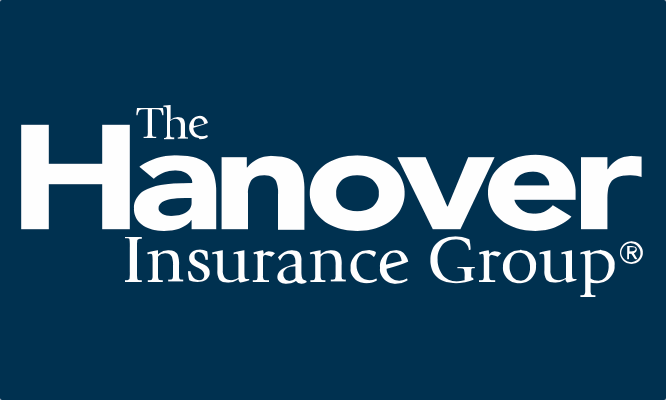The Hanover renews reinsurance at expiring terms, but catastrophe losses weigh

The Hanover Insurance Group is the latest to reveal a heavy catastrophe loss burden from recent convective storms and severe weather in the United States, but the carrier also said it has successfully renewed all its reinsurance at expiring terms for the coming year.
The Hanover has been working hard to improve its margins of-late, reducing its exposure to commercial property risks and planning a redesign of terms and conditions for homeowners business.
But some of these changes come into force too late to help the carrier against catastrophes in the second-quarter.
The insurer said that it estimates second quarter catastrophe losses will be around $262 million, before taxes, or 18.5 points of net earned premium.
These catastrophe losses came from 19 convective storms across multiple states, with damage from hail making up the majority of reported losses, largely to its Personal Lines business.
“We experienced significant catastrophe losses in the second quarter, which according to industry estimates, is expected to be the worst second quarter for U.S. catastrophe losses since 2011, and potentially the industry’s costliest quarter for hail losses in history,” explained John C. Roche, president and chief executive officer at The Hanover. “Our CAT losses reflect the impact of severe weather, notably the prevalence and severity of hailstorms in Michigan, where we have our largest Personal Lines presence.
“Excluding catastrophes, our second quarter results are in line with our expectations, due to solid net investment income and strong results in our Specialty and Core Commercial businesses, partially offset by the continuing impact of inflationary trends in Personal Lines.”
The Hanover now expects to report a second quarter combined ratio of 111.3% including catastrophe losses, or 92.8% excluding them, which it forecasts will drive it to a net-loss for the period.
Work is ongoing to improve the quality of The Hanover’s property insurance exposures and CEO Roche provided some colour on progress here.
“Despite the recent and prevailing environmental challenges, we have every confidence in our ability to achieve our long-term strategic and financial goals, and deliver for all of our stakeholders,” Roche said. “We are intently focused on the effective execution of our margin recapture plan and determined to continue adjusting our underwriting and risk management strategies to address increasingly severe weather trends and evolving risks. These measures include taking steps to further improve insurance-to-value ratios, building on risk mitigation and prevention initiatives, as well as implementing changes to product terms and conditions, in particular in homeowners, some of which we expect will come into effect as soon as the third quarter of 2023. The execution of our plan to date has resulted in property pricing outpacing our expectations in many lines, particularly in homeowners where we achieved renewal price increases of 22% on average in the second quarter. Additionally, the effectiveness of our planned Core Commercial property non-renewals executed last year is evidenced by lower-than-expected ex-CAT property losses in this business in the first half of 2023.”
These measures have helped the company at the recent reinsurance renewals, Roche continued to explain.
“We were also pleased that the progress we made through our margin recovery plan helped us achieve successful July 1 property reinsurance renewals, allowing us to secure per-risk and catastrophe occurrence treaty structures consistent with the expiring treaties, while at the same time increasing our catastrophe reinsurance limits at a reasonable price,” Roche commented.
The Hanover’s Q2 catastrophe loss disclosure came on the heels of similar reporting from re/insurer QBE, that raised its catastrophe budget, insurer Travelers whose Q2 cat losses weighed on its results, and insurer Allstate which revealed a heavy Q2 cat loss burden as well.
Severe convective storm activity in the United States has been the dominant driver of insured catastrophe losses during the first-half of 2023.






